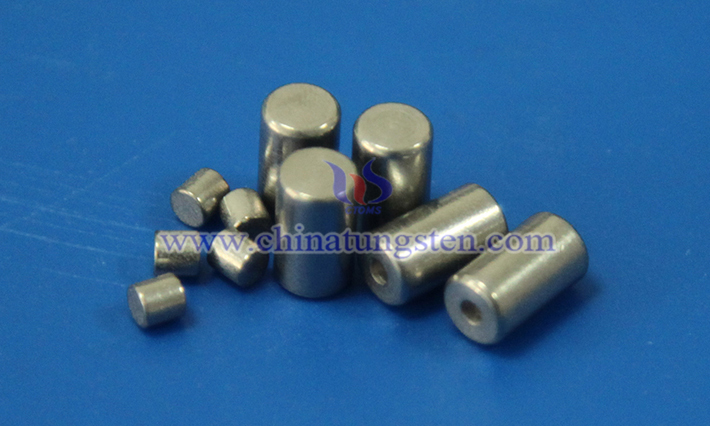Chemical Properties of Barium Tungsten Electrode
- Details
- Category: Tungsten Information
- Published on Friday, 11 April 2025 13:58
Barium tungsten electrode is a functional material that combines the electron emission characteristics of barium with the high-temperature stability of tungsten. Its chemical properties can be analyzed from the following aspects:
1. Composition and Structure
The role of barium: As an alkaline earth metal, barium has a low work function, which significantly improves the electron emission ability of the electrode and is often used as a cathode material. Under high temperature or electric field, barium may exist on the surface of the tungsten matrix or in the grain boundary in the form of atoms, ions or oxides.
The role of tungsten: As a base material, tungsten provides a high melting point (3422℃), corrosion resistance and mechanical strength, supports barium active substances, and reduces volatilization and structural deformation at high temperatures.

2. Chemical Stability
Oxidation reaction: Barium easily reacts with oxygen to form barium oxide (BaO), which further forms barium hydroxide (Ba(OH)₂) in a humid environment, leading to surface corrosion. Therefore, barium tungsten electrodes are usually used in a vacuum or inert gas (such as argon) environment to avoid oxidation.
High temperature behavior: At high temperatures, barium may partially evaporate, but the stability of the tungsten matrix can inhibit excessive loss. If there is a trace of oxygen, composite oxides such as BaWO₄ may be formed, affecting the electron emission performance.
3. Environmental Adaptability
Vacuum environment: It performs best in electric vacuum devices (such as electron tubes, X-ray tubes), and the volatilization of barium is controlled while maintaining efficient electron emission.
Corrosive environment: It is not suitable for exposure to acidic, alkaline or high humidity environments, otherwise the barium component will degrade rapidly and the electrode will fail.

4. Interface and Composite Effects
Alloying and diffusion: During the high-temperature preparation process, barium may diffuse to the tungsten grain boundary or surface to form active sites. The two are not easy to form a solid solution, but can be microscopically combined through powder metallurgy or coating technology.
Surface modification: Barium may modify the tungsten surface in the form of nanoparticles, thin films or oxides to optimize emission efficiency and reduce material consumption.
5. Application-Related Reactions
Electron emission mechanism: Under working conditions, barium atoms may release electrons through thermal ion emission or field emission, and its oxide (such as BaO) can also serve as an emission active layer.
Life limiting factors: The slow evaporation of barium and its reaction with residual gases (such as the formation of BaCO₃ with CO₂) are the main causes of electrode aging, and structural design (such as porous tungsten storage of barium salts) is required to extend the life.
- Chinatungsten Online: www.tungsten.com.cn
- CTIA GROUP LTD: en.ctia.group
- Tungsten News & Price: www.ctia.com.cn
- Molybdenum News & Price: news.molybdenum.com.cn
- Tel.: 86 592 5129696; Email: sales@chinatungsten.com



 sales@chinatungsten.com
sales@chinatungsten.com